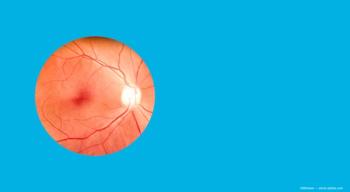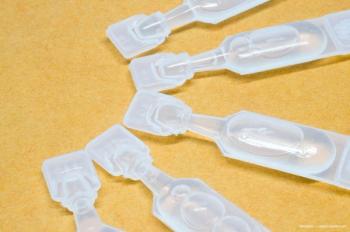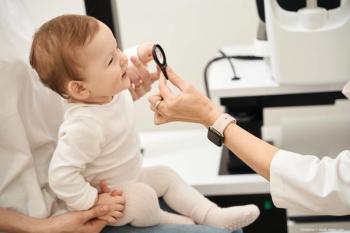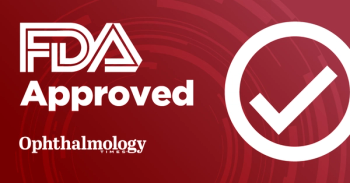
Biologic products increase dry eye options
Many new diagnostic tools are available for dry eye and ocular surface disease (OSD). Treatments for dry eye and OSD have mixed results, however, said Bennie H. Jeng, MD.
By Vanessa Caceres; Reviewed by Bennie H. Jeng, MD
Many new diagnostic tools are available for dry eye and ocular surface disease (OSD). Treatments for dry eye and OSD have mixed results, however, said Bennie H. Jeng, MD.
This is one reason ophthalmologists and patients with severe dry eye are turning their attention to biologic treatments, said Dr. Jeng, professor and chairman, Department of Ophthalmology and Visual Sciences, University of Maryland School of Medicine, Baltimore.
Ophthalmologists have long recommended artificial tears and cyclosporine (Restasis, Allergan) for patients with dry eye. Now, they also may recommend lifitegrast (Xiidra, Shire), Dr. Jeng said.
Biologic products, such as autologous serum and plasma, also may be considered.
“If you look at the American Academy of Ophthalmology’s 2013 Preferred Practice Patterns for dry eyes, autologous serum is listed for severe dry eye-but you don’t need to wait until it’s severe,” he said.
Use of blood-based products offers the advantage of providing the tear film with growth factors and vitamins available in higher concentrations in the blood.
At present, however, there are few good, randomized controlled trials that address the effectiveness of blood-based products, Dr. Jeng said.
In some countries outside the United States, treatment of patients with dry eye includes use of eye drops made from allogeneic serum, a product of blood drawn from donors. That approach is not yet popular with U.S. practitioners, he said.
One factor discouraging use of autologous serum for dry eye is the need to draw blood frequently from patients, especially those who may not be healthy enough for frequent blood draws, Dr. Jeng said. The use of serum also can be expensive.
Other approaches
Other biologic products, including amniotic membrane, are available to treat dry eye. Use of mesenchymal stem cells is another potential therapy under investigation.
Infliximab (Remicade, Janssen), an anti-tumor necrosis factor therapy, is another biologic product, as is etanercept (Enbrel, Amgen), used to treat rheumatoid arthritis.
“Sometimes the underlying cause of dry eye is rheumatoid arthritis,” Dr. Jeng said. “Technically, a lot of dry eye patients are on biologics, just not the topical forms that you might think about.”
Despite the current focus on biologics, Dr. Jeng believes, it is important to determine first whether the patient’s problem actually is dry eye, rather than something else.
“If you don’t make the right diagnosis, you’re barking up the wrong tree and you’ll never make them better,” Dr. Jeng said.
Bennie H. Jeng, MD
This article was adapted from Dr. Jeng’s presentation during Cornea Day at the 2017 meeting of the American Society of Cataract and Refractive Surgery. Dr. Jeng has no financial interest in the subject matter.
Newsletter
Don’t miss out—get Ophthalmology Times updates on the latest clinical advancements and expert interviews, straight to your inbox.



















































.png)


